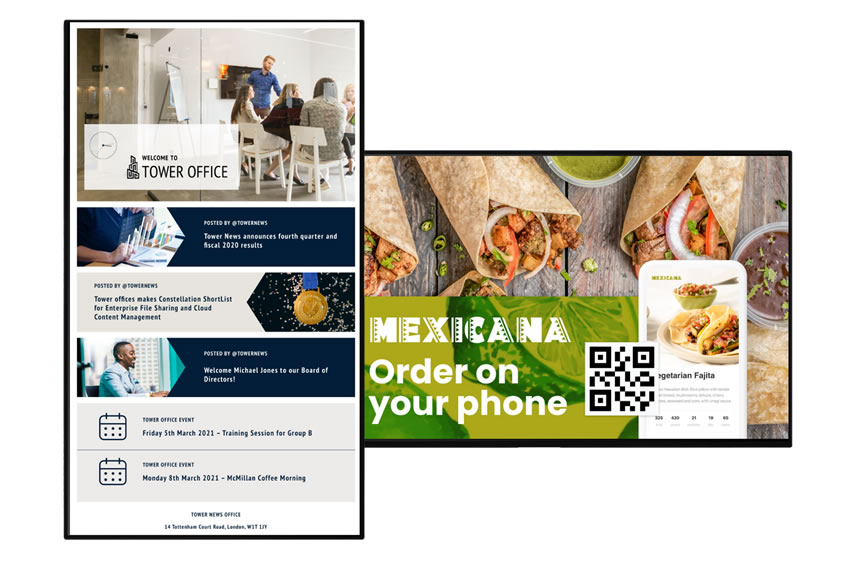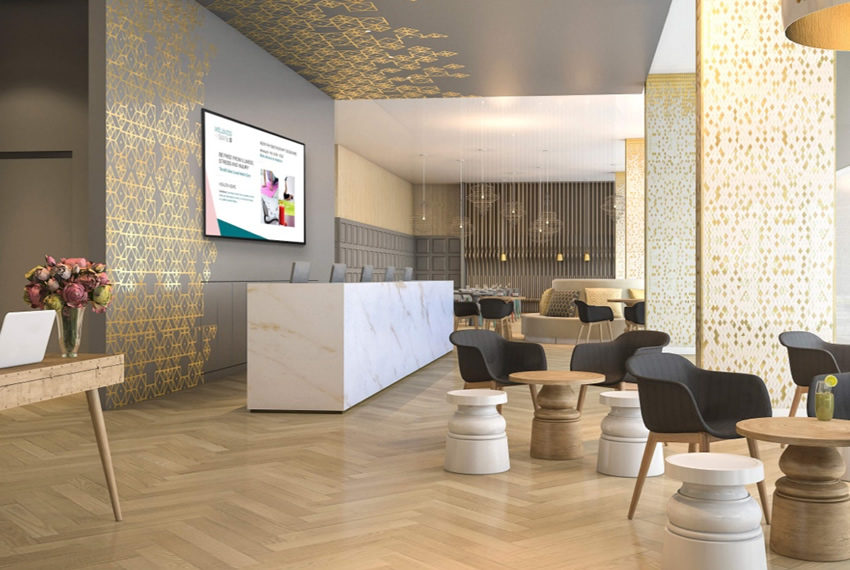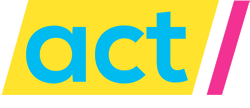








Digital Signage by Clevertouch
Typically, displayed content on a screen falls into three categories: video/entertainment, directional/informational and audio/visual.
These three uses can — and often do — overlap, and are the most common ways that companies and organizations leverage digital signage in their everyday operations.
Types of Digital Signage ACT offers
- Retail: communicating in-store specials, acting as a smart store solution during pandemics (mask detection, traffic control), directing customers to desired parts of the store and conveying a brand message.
- Banks: information about interest rates and product information, as well as lifestyle messages and branding.
- Airports and Bus Stations: information about arrival and departure times, as well as advertisements from shops and restaurants.
- Entertainment Venues: creating an enhanced customer experience that is consistent with the ambience and atmosphere.
- DOOH: with digital out-of-home advertising, advertisers can create attractive, attention grabbing, targeted content.
- Businesses: other businesses such as beauty salons and dental offices use digital signage to display content such as news broadcasts, weather updates, and even television programs to help customers who are waiting to receive a service to pass the time.
Digital Signage Deployment Categories
- Single Screen – Used in smaller settings, for example, a reception lobby of small businesses to display company information and travel information.
- Single Site – Multiple screens can be set up around a site to convey impactful messages and media. Digital Screens in shopping centers are a great example of how signage can provide product advertising, way-finding services, and shop opening hours.
- Multiple Site – This deployment is mainly used by corporations and franchises. Multiple digital signage displays can be set up in various locations and countries. Video walls, public-facing boards, and smaller screens can all be combined and connected to transmit the franchise image or brand globally.


The components that typically go into a digital signage solution are the following:
- Display (4k UHD digital screen)
- Digital signage content management system (CMS)
- Digital signage media player
- Content (video, graphics, web feeds and more)
- Network (LAN and/ or WAN, wired or wireless)
- Analytics software
A digital signage system works by delivering and displaying content such as digital images, video, streaming media and information. The displayed content is filed and the schedule information is edited in the content management system. The data is stored in the CMS and distributed to the media players. Each player then reproduces the contents according to the schedule specified for it and updates the digital display accordingly.
Cloud or Premise
Digital signage is accessible in two ways: cloud-based and premise-based.
Cloud-based digital signage solutions are accessible via the internet and the content exists on a server hosted in the cloud. The benefit of a cloud-based solution is that content can be uploaded and edited anytime and anywhere.
Premise-based digital signage solutions, on the other hand, are hosted locally. The content and software are contained in a server hosted by the company. This allows for total system control but requires more manual labor on premises when editing or changing the ad content.
such as media player health status, updating of the components on the system, taking action against the devices such as carrying out updates, reboots, and general maintenance.

